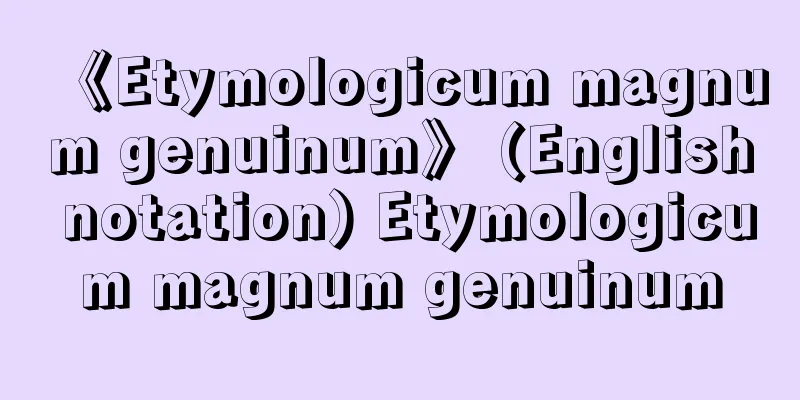Inuyama Domain

|
Source: Kodansha Encyclopedia of Domain and Former Province Names |
|
出典 講談社藩名・旧国名がわかる事典について 情報 |
Recommend
Foundation construction machinery
…Machines used in rock-cutting include drilling m...
Liatris pycnostachya (English spelling) Liatris pycnostachya
… [Munemin Yanagi]. … *Some of the terminology th...
yew
…An evergreen conifer of the Taxaceae family that...
Abdominal pain - Abdominal pain
Pain originating from the abdomen is a very commo...
Genjiro Akashi - Genjiro Akashi
Army officer. Born on August 1, 1820, to a samura...
Tenryu River
It originates from Lake Suwa in Nagano Prefecture...
Incompetent Childbirth Guardianship - Kinchisankoken
…In addition to the above, incompetent persons ne...
North Izu earthquake
An earthquake occurred at around 4:03 on November...
Mor(o) van Dashorst, A. (English spelling) Mor van Dashorst A
…After this, many Romanist painters appeared who ...
Varius
…Influential people began to patronize writers, a...
Victim - Victim
…After spending most of his twenties working in v...
Tomomori Taira
A military commander in the late Heian period. He...
Yanka Kupala (English spelling)
A Belorussian (now Belarusian) poet and playwrigh...
Merychippus
...The late Miocene saw the second great radiatio...
Sofia - Sofia (English spelling)
The capital of Bulgaria. It is located in the Sof...









